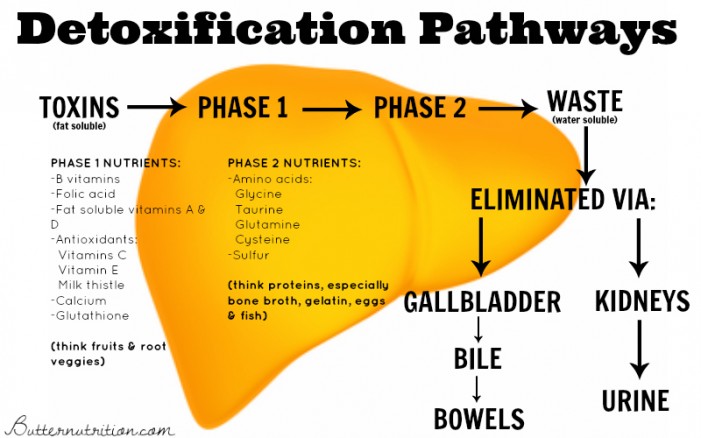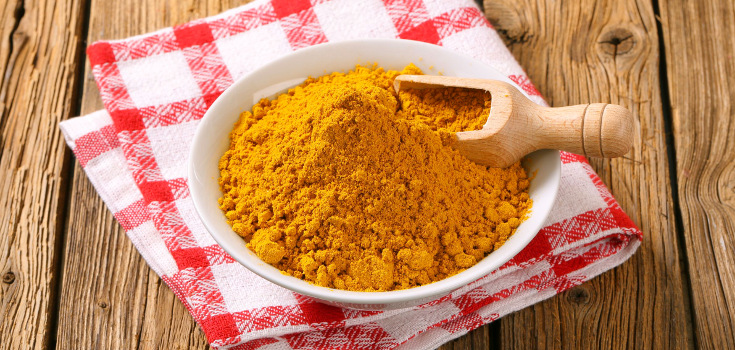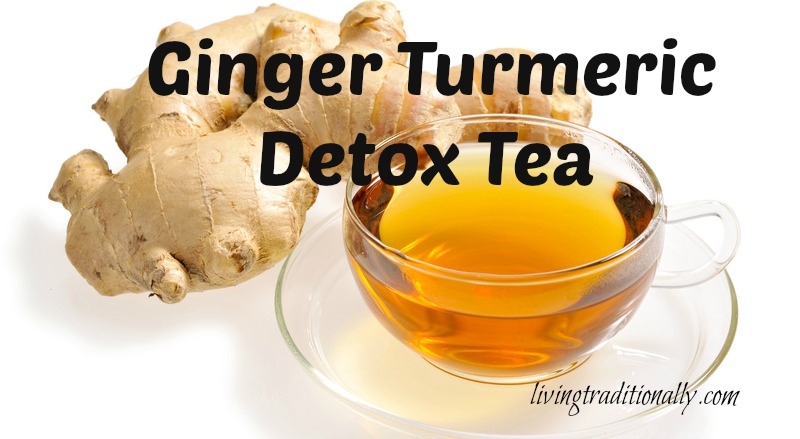What is Leaky Gut Syndrome?
The gut is naturally permeable to very small molecules in order
to absorb these vital nutrients. Leaky Gut Syndrome is
a condition that involves damage of the lining of the small intestine causing
incompletely digested nutrients, toxins, bacteria, and wastes to “leak” through
the intestines and flood the blood stream. These foreign substances then entering
the blood and cause an autoimmune response in the body including
inflammatory and allergic reactions such as respiratory and
digestive issues, headaches,
joint pain, skin conditions, and more.
Once these tight junctions get broken apart, it is defined as
leaky gut. When your gut is leaky, things like toxins, microbes, and undigested
food particles can escape from your intestines and travel throughout your
body via your bloodstream. Your immune system marks these "foreign
invaders" as pathogens and attacks them. The immune response, hence
“autoimmunity”, to these invaders can appear in the form of any of the nine
signs you have a leaky gut, which are listed below.
|
|
Because damaged cells in the intestines may fail to produce the
enzymes needed for proper digestion, absorption of essential nutrients
is compromised, creating further imbalance throughout the body that
can contribute to various issues including hormone imbalance and a weakened
immune system.
Thus, substances leak out of the intestines, the liver is then forced
to work extra hard to filter them out of the blood stream. The extra
burden on the liver can result in the accumulation of fatty liver
tissue. Some toxins may be sent back
into the blood stream when the liver’s ability to detoxify fails, where they
reach muscles and connective tissues.
Be aware that Leaky Gut Syndrome isn’t typically diagnosed in
western medicine; however, it can be affecting your health as it does to many
others. There are several health issues
related to Leaky Gut Syndrome which go undiagnosed, misdiagnosed or are ignored
by traditional medicine. Patients may be left with frustrating and
uncomfortable symptoms and no answers.
|
|
#1) Are you having any of the
listed symptoms?
#2) Have you been testing?
#3) Have you be thoroughly
explained the condition?
#4) Do you know where to seek
out support?
|
What
causes leaky gut?
The
main culprits are foods, infections, and toxins. Gluten is the number one cause
of leaky gut. In sensitive people,
gluten can cause the gut cells to release zonulin, a protein that can break
apart tight junctions in the intestinal lining. Other factors such as sugar, excessive
alcohol, infections, toxins, stress and age can also cause these tight junctions
to break apart. The most common
infectious causes are candida overgrowth, intestinal parasites, and small
intestine bacterial overgrowth (SIBO).
DID YOU KNOW???
Toxins come in the form of medications, like
Motrin, Advil, steroids, antibiotics, and acid-reducing drugs, and
environmental toxins like mercury, pesticides and BPA from plastics. Stress and
age also contribute to a leaky gut.
Some factors that may contribute to Leaky Gut
Syndrome include:
Ø Inherent weak digestion (All
children fall into this category)
Ø Stress
Ø Too much refined sugar
Ø Inadequate dietary fiber
Ø Excessive alcohol intake
Ø Non-steroidal
anti-inflammatory drugs (NSAIDS)
Ø Food sensitivities or
allergies
Ø Radiation and cytotoxic
drugs
Ø Parasitic infections
Ø Candida (an imbalance of intestinal
flora)
Ø Antibiotics
Ø The candida connection
WHY
Antibiotics? Antibiotics
are a common cause of Leaky Gut Syndrome because of the destruction of the
beneficial bacteria that are required for healthy metabolic functioning and an
adequate immune response. As a result, antibiotics
also support the excessive growth of pathogenic fungi and yeast in the body,
such as Candida Albicans.
WHY
Candida? Candida
contributes to Leaky Gut Syndrome by causing the small intestine’s epithelial
cells to shrink. Spaces are then formed,
and intestinal toxins can pass through to the blood. Important immune agents in
the epithelial mucus of the small intestine that normally neutralize toxins are
overwhelmed by the increased flow, and the immune system is compromised.
Signs You Have a Leaky Gut
1.
Digestive issues such as gas, bloating, diarrhea or irritable bowel syndrome
(IBS).
2.
Seasonal allergies or asthma.
3.
Hormonal imbalances such as PMS or PCOS.
4.
Diagnosis of an autoimmune disease such as rheumatoid arthritis, Hashimoto’s
thyroiditis, lupus, psoriasis, or celiac disease.
5.
Diagnosis of chronic fatigue or fibromyalgia.
6. Mood
and mind issues such as depression, anxiety, ADD or ADHD.
7. Skin
issues such as acne, rosacea, or eczema.
8.
Diagnosis of candida overgrowth.
9. Food
allergies or food intolerances.
10.
Diagnosis of Type 2 Diabetes or Metabolic Syndrome.
LEAKY GUT SYNDROME
QUESTIONNAIRE
0 = Symptom is not present or rarely present
1 = Mild/sometimes
2 = Moderate/often
3 = Sever/almost always
INTESTINAL PERMEABILITY / LEAKY GUT SYNDROME
Constipation and/or diarrhea 0 1 2 3
Abdominal pain or bloating 0 1 2 3
Mucous or blood in stool 0 1 2 3
Joint pain or swelling, arthritis 0 1 2 3
Chronic or frequent fatigue or tiredness 0 1 2 3
Food allergies, sensitivities or intolerance 0 1 2 3
Sinus or nasal congestion 0 1 2 3
Chronic or frequent inflammations 0 1 2 3
Eczema, skin rashes or hives (urticaria) 0 1 2 3
Asthma, hayfever, or airborne allergies 0 1 2 3
Confusion, poor memory or mood swings 0 1 2 3
Use of NSAIDS (Aspirin, Tylenol, Motrin) 0 1 2 3
History of antibiotic use 0 1 2 3
Alcohol consumption makes you feel sick 0 1 2 3
Ulcerative colitis, Crohn’s or celiac’s disease 0 1 2 3
YOUR TOTAL: ________________________
Score 1-5: Leaky gut less apt to be present.
Score 6-10: Leaky gut may possibly be present.
Score 7-19: Leaky gut probably present.
Score 20+: Leaky gut almost certainly present.
IF YOU OR A FAMILY MEMBER PRESENTS WITH SIGNS OF LEAKY GUT...CALL US!!!
WE CAN HELP!
832-913-5022























